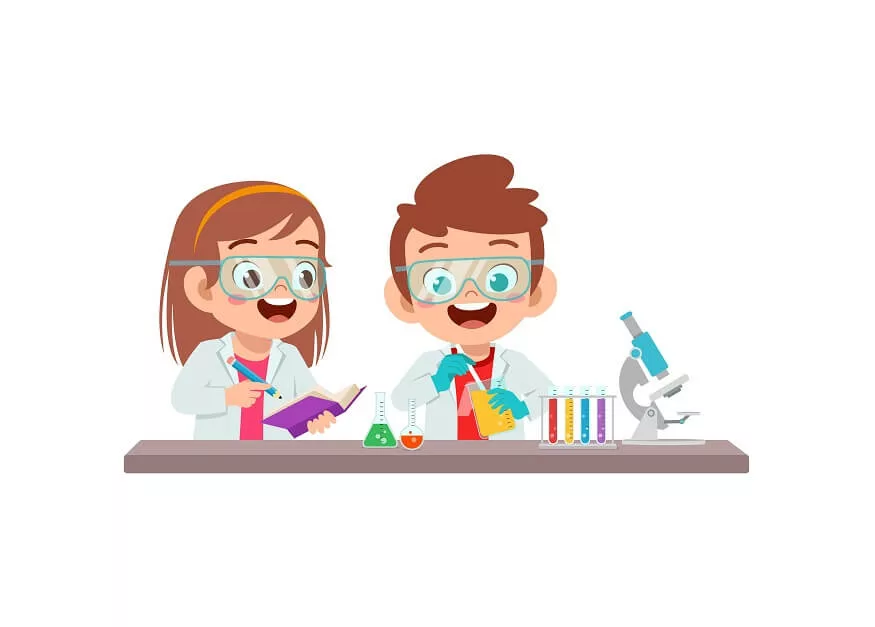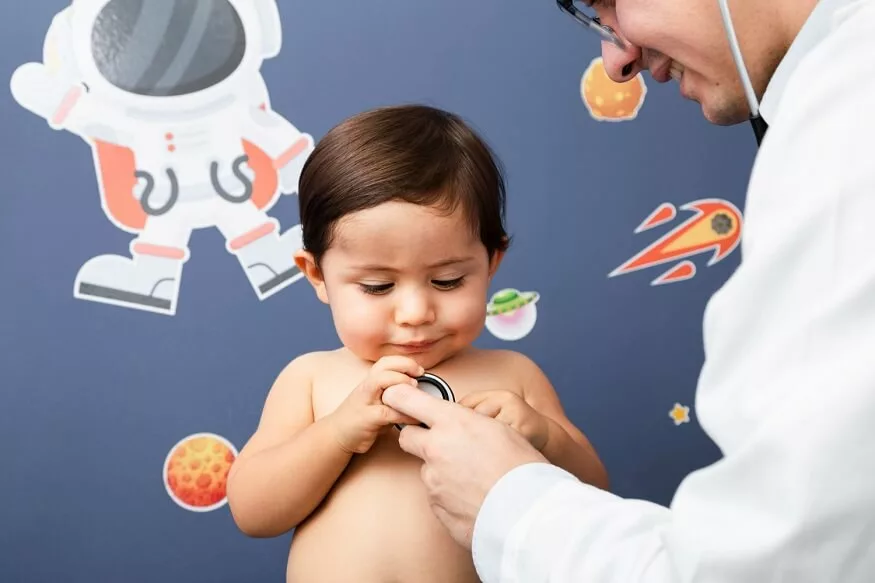The Pepper Experiment stands as a shining example of an engaging and accessible science activity that captivates children’s imaginations while instilling fundamental scientific principles. This hands-on experiment not only sparks curiosity but also cultivates a deeper understanding of scientific concepts, making learning an enjoyable journey for young learners.
10 Pepper Experiments For Kids
The Pepper and Dish Soap Experiment
- Materials: Bowl of water, ground pepper, and dish soap.
- Procedure: Sprinkle pepper on the water’s surface and observe its movement. Add a drop of dish soap to witness the pepper’s rapid retreat due to the disruption of surface tension.
Static Electricity Pepper Experiment
- Materials: Balloon, ground pepper, and a wool cloth.
- Procedure: Rub the balloon against the wool cloth to create static electricity. Bring the charged balloon close to the pepper, and observe how it responds to the static charge.
Also Read: Fun science activities for kids to do at home
Pepper and Oil Density Experiment
- Materials: Water, vegetable oil, ground pepper, and a transparent container.
- Procedure: Fill the container with water, pour a layer of vegetable oil on top, and sprinkle pepper. Observe the pepper’s behaviour as it interacts with the oil and water layers due to differences in density.
Pepper and Water Surface Tension Investigation
- Materials: Water, ground pepper, and various substances (salt, sugar, oil).
- Procedure: Sprinkle pepper on the water’s surface, then add different substances to observe their effects on surface tension. Discuss findings and draw conclusions about the role of surface tension.
Pepper and Vinegar Reaction Experiment
- Materials: White vinegar, baking soda, ground pepper.
- Procedure: Sprinkle pepper on a surface, then create a small mound of baking soda. Pour vinegar over the baking soda and observe the reaction. Discuss the science behind the reaction and its impact on the pepper.
Pepper and Water Cohesion Experiment
- Materials: Water, ground pepper, and a wax paper or waterproof surface.
- Procedure: Sprinkle pepper on a waterproof surface and gently pour water onto it. Observe how the water behaves concerning cohesion and how it interacts with the pepper particles.
Pepper and Sound Vibration Experiment
- Materials: Speaker, sound source (e.g., music), ground pepper.
- Procedure: Sprinkle pepper on a surface near a speaker playing music. Observe the response of the pepper to sound vibrations, demonstrating the connection between sound waves and physical movement.
Pepper and Temperature Sensitivity Experiment
- Materials: Warm and cold water, ground pepper.
- Procedure: Sprinkle pepper on the surface of both warm and cold water. Observe any differences in the movement and behaviour of the pepper particles, highlighting the influence of temperature on molecular motion.
Pepper and Soap Boat Experiment
- Materials: A small piece of wax paper, a toothpick, dish soap, water, and ground pepper.
- Procedure: Create a small boat using the wax paper and toothpick. Place it on water, add pepper around it, and then touch the toothpick with a drop of dish soap. Observe the movement of the boat and the pepper, showcasing the soap’s effect on surface tension.
Pepper and Light Refraction Experiment
- Materials: Flashlight, water, ground pepper.
- Procedure: Shine the flashlight through a container of water with pepper. Observe the paths of light as it passes through the water, demonstrating the principles of light refraction. Discuss how this phenomenon is related to the behaviour of pepper particles in the water.
Also Read: How Science Teaches Life Skills
Benefits of Pepper Experiment For Kids
The benefits of the Pepper Experiment extend beyond its enchanting allure, offering children a gateway to scientific discovery and understanding.
Asking Questions and Encouraging Inquiry
The foundation of scientific learning lies in curiosity and questioning. The Pepper Experiment provides a platform for children to ask intriguing questions about the natural world. Why does the pepper move away from the soap? What causes this fascinating phenomenon? These questions act as the gateway to understanding scientific principles, encouraging children to think critically and engage in the scientific method.
Creating a Safe and Interactive Environment
One of the primary advantages of the Pepper Experiment is its safety and simplicity. With easily accessible materials and a straightforward procedure, educators and parents can create a safe and interactive learning environment. The experiment can be conducted in classrooms, science fairs, or even at home, making science an inclusive and enjoyable experience for children from diverse backgrounds.
Hands-On Learning and Experiential Education
The power of hands-on learning cannot be overstated, especially when it comes to young learners. The Pepper Experiment provides a tangible and experiential approach to understanding scientific concepts. As children actively participate in the experiment, they not only observe but also feel the effects of surface tension, creating a lasting memory that enhances their comprehension of scientific principles.
Building Scientific Literacy
Scientific literacy is more than memorising facts; it involves understanding the processes and principles that govern the natural world. The Pepper Experiment contributes to building scientific literacy by demystifying complex concepts and breaking them down into easily digestible components. Through this experiment, children develop a foundational understanding of surface tension, setting the stage for more advanced scientific exploration in the future.
Connecting Science to Everyday Life
One of the key challenges in science education is bridging the gap between theoretical concepts and everyday experiences. The Pepper Experiment achieves this connection by showcasing a scientific phenomenon – surface tension – that children can observe not only in the classroom but also in their daily lives. This real-world relevance makes science more relatable and encourages children to view the world through a scientific lens.
Encouraging Further Exploration
The Pepper Experiment serves as a springboard for further exploration and discovery. Once children grasp the basics of surface tension through this experiment, they are likely to develop a hunger for more knowledge. Educators can leverage this curiosity to introduce related scientific concepts, creating a seamless transition from one engaging activity to the next. The Pepper Experiment, therefore, acts as a catalyst for a continuous journey of scientific exploration.
Also Read: Reasons Behind Teaching Kids Through Science Experiments
The Pepper Experiment, with its simplicity, accessibility, and enchanting results, has emerged as a powerful tool for engaging children in the wonders of science. EuroSchool ignites curiosity, encourages inquiry, and provides a hands-on learning experience thus contributing significantly to the development of scientific literacy and critical thinking skills among young learners.










